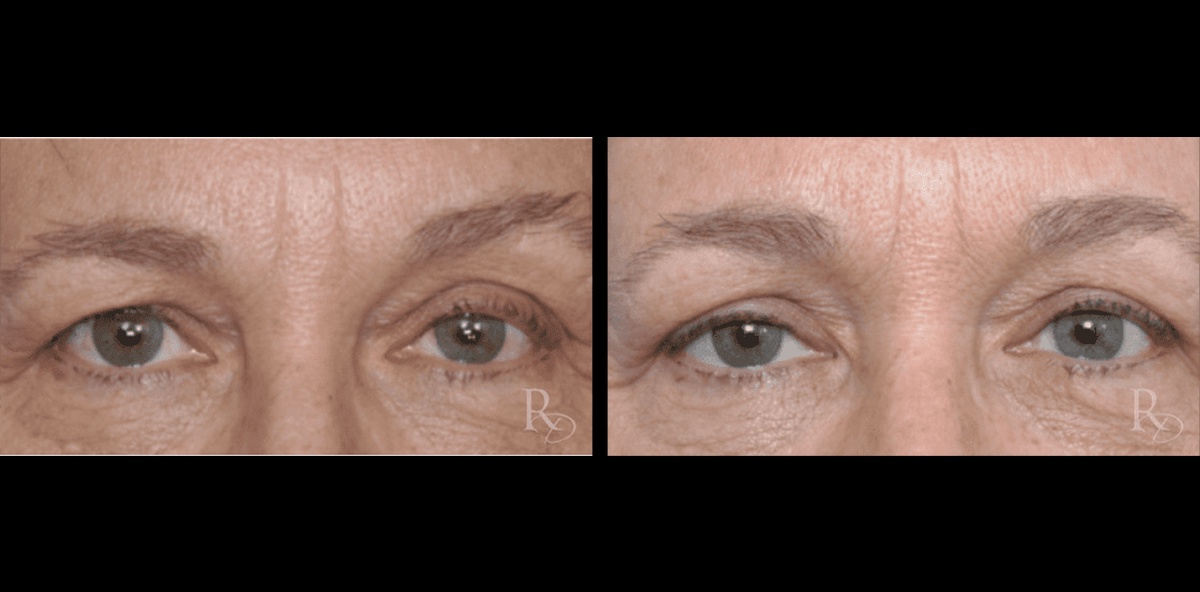Thyroid Eye Disease (TED), although commonly associated with adults, can also affect children. This condition is characterized by inflammation and swelling of the eye tissues, leading to various symptoms that demand prompt attention. Understanding the signs and knowing how to manage them is crucial for parents and caregivers.
Recognizing Thyroid Eye Disease Symptoms in Children
- Protruding Eyes (Exophthalmos): One of the hallmark symptoms is bulging or protruding eyes, impacting a child's appearance and potentially their vision.
- Eye Redness and Irritation: TED often causes redness, irritation, and discomfort, making it essential to monitor changes in your child's eye health.
- Double Vision: Children may experience double vision due to misalignment of the eyes, a common consequence of TED.
- Swelling and Inflammation: Swelling around the eyes, eyelids, and tissues can occur, affecting the overall eye function.
- Light Sensitivity: Increased sensitivity to light (photophobia) is another indicator that may be associated with TED in children.
Diagnosing Thyroid Eye Disease in Children
Early detection is crucial for effective management. Parents should be aware of the diagnostic process and seek consultation if symptoms arise. Key diagnostic steps include:
- Comprehensive Eye Examination: An eye specialist will conduct a thorough examination to assess eye movement, visual acuity, and overall eye health.
- Imaging Tests: Imaging studies, such as CT scans or MRIs, may be performed to visualize the structures around the eyes and confirm the diagnosis.
- Thyroid Function Tests: As TED is often linked to thyroid disorders, blood tests to assess thyroid function are vital for a comprehensive diagnosis.
Managing Thyroid Eye Disease in Children
Once diagnosed, a multidisciplinary approach is essential for managing TED in children. Some strategies include:
- Medical Management: Depending on the severity, medications to control inflammation and manage symptoms may be prescribed.
- Eye Lubrication: Artificial tears or lubricating eye drops can help alleviate dryness and discomfort.
- Surgery: In severe cases, surgical interventions such as orbital decompression may be considered to address bulging eyes and restore proper eye function.
- Monitoring and Follow-Up: Regular check-ups are necessary to monitor the progression of the disease and adjust the treatment plan accordingly.
Conclusion
Recognizing and managing TED symptoms in children require vigilance and prompt action. By staying informed and seeking professional guidance, parents can play a crucial role in ensuring the optimal eye health of their children affected by this condition. Early intervention and a collaborative approach with healthcare providers contribute to better outcomes and an improved quality of life for children with Thyroid Eye Disease.
For more details about Thyroid Eye Disease Diagnosis, Visit: https://raymonddouglasmd.com/
Contact us
Phone: 310-363-8757
Email: info@raymonddouglasmd.com
9675 Brighton Way Suite 410 Beverly Hills, CA 90210


No comments yet